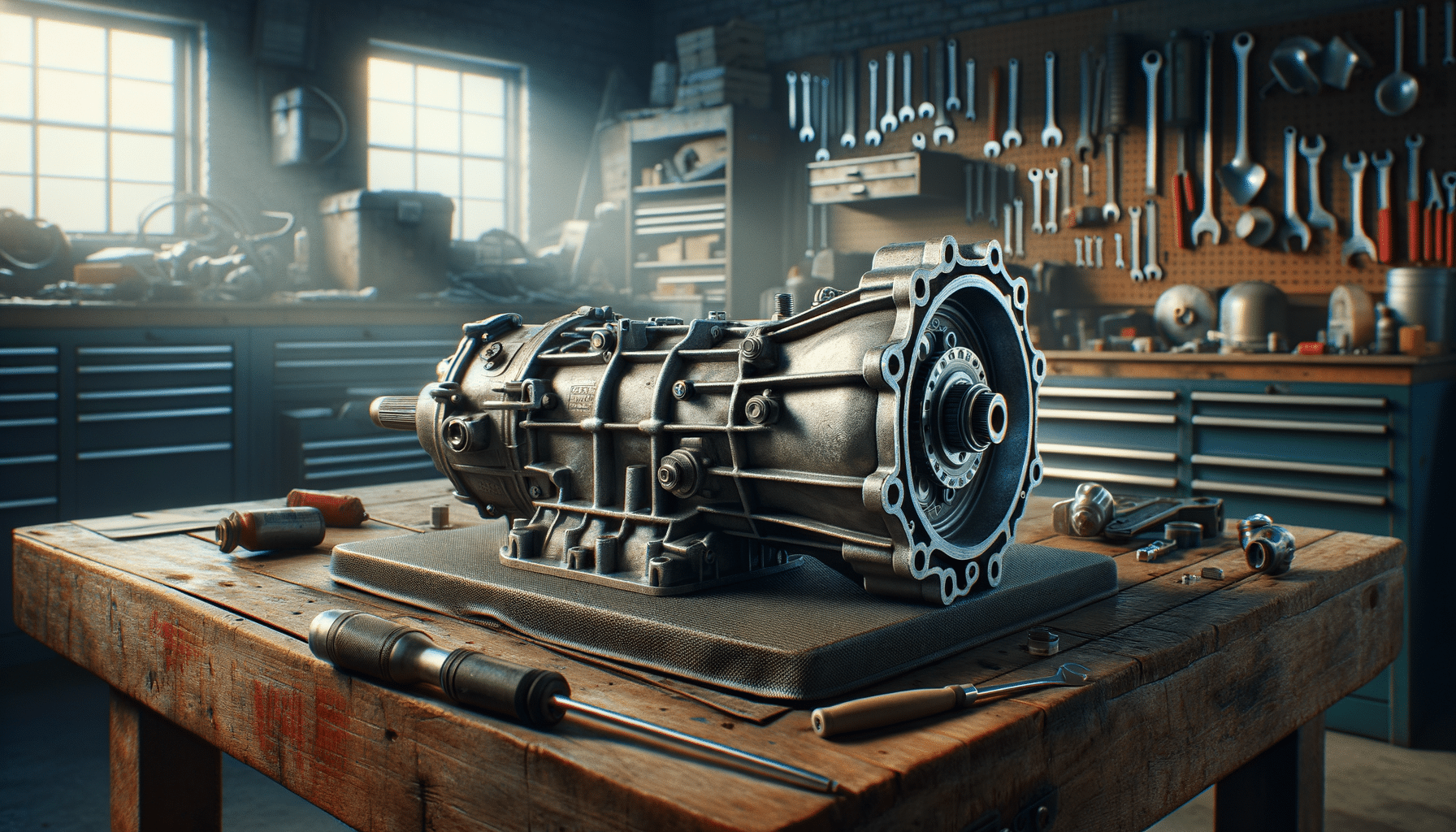
Guide to Purchasing Used Transmissions
Introduction to Used Transmissions
When it comes to maintaining a vehicle, the transmission is one of the most crucial components. However, purchasing a new transmission can be quite expensive. This makes used transmissions an attractive option for many car owners looking to save money while keeping their vehicles running smoothly. Understanding the importance of making an informed decision is vital, as it can affect the performance and longevity of your car. This guide aims to provide comprehensive insights into purchasing used transmissions, ensuring you make a choice that best suits your needs and budget.
Benefits of Choosing a Used Transmission
Opting for a used transmission can offer several advantages beyond just cost savings. Firstly, it is an environmentally friendly choice. By reusing a functional part, you help reduce the demand for new manufacturing and decrease waste. Additionally, used transmissions are often readily available, reducing wait times compared to ordering a new one. Another benefit is the potential for finding a high-quality part at a fraction of the cost. Many used transmissions come from vehicles that have been in accidents but have low mileage, meaning they can still offer many years of service.
However, it’s crucial to weigh these benefits against potential drawbacks. Used parts may come with limited warranties, and there’s always a risk of hidden damage. Therefore, it’s essential to purchase from reputable dealers who offer some form of guarantee or return policy. Checking the transmission’s history, including mileage and any previous repairs, can also provide peace of mind.
Factors to Consider Before Purchase
Before diving into the market for a used transmission, there are several key factors to consider. Firstly, compatibility is paramount. Not all transmissions are interchangeable between different makes and models, so it’s crucial to ensure the part you’re considering is a perfect fit for your vehicle. Additionally, consider the transmission’s history. Knowing the mileage, previous usage, and any past issues can give you a clearer picture of its potential lifespan.
Another important factor is the source of the transmission. Opt for suppliers known for their reliability and customer service. Look for reviews from previous buyers to gauge the quality of the parts and the seller’s trustworthiness. Lastly, consider the warranty or return policy offered. A warranty can provide some security against unforeseen problems, making it a valuable part of your decision-making process.
Inspecting a Used Transmission
When inspecting a used transmission, thoroughness is key. Start by examining the exterior for any signs of damage or leaks. A visual inspection can reveal issues like cracks or worn components that could affect performance. Next, check the transmission fluid. It should be clean and free from debris or discoloration, which could indicate internal problems.
If possible, have a professional mechanic conduct a more detailed inspection. They can test the transmission’s functionality and identify any potential issues that might not be immediately visible. This step is particularly important if you’re not familiar with automotive components, as it can prevent costly mistakes down the line.
Conclusion: Making an Informed Decision
Purchasing a used transmission can be a cost-effective and environmentally friendly choice, but it requires careful consideration and research. By understanding the benefits and potential pitfalls, you can make a decision that aligns with your needs and budget. Always prioritize compatibility, check the transmission’s history, and ensure you’re buying from a reputable source. With these strategies, you can confidently navigate the process and keep your vehicle running smoothly for years to come.


